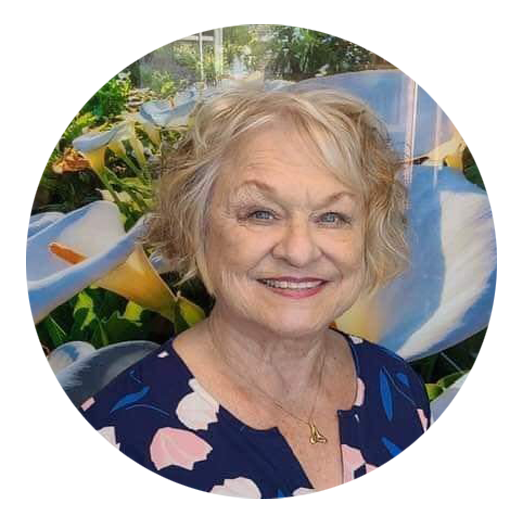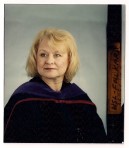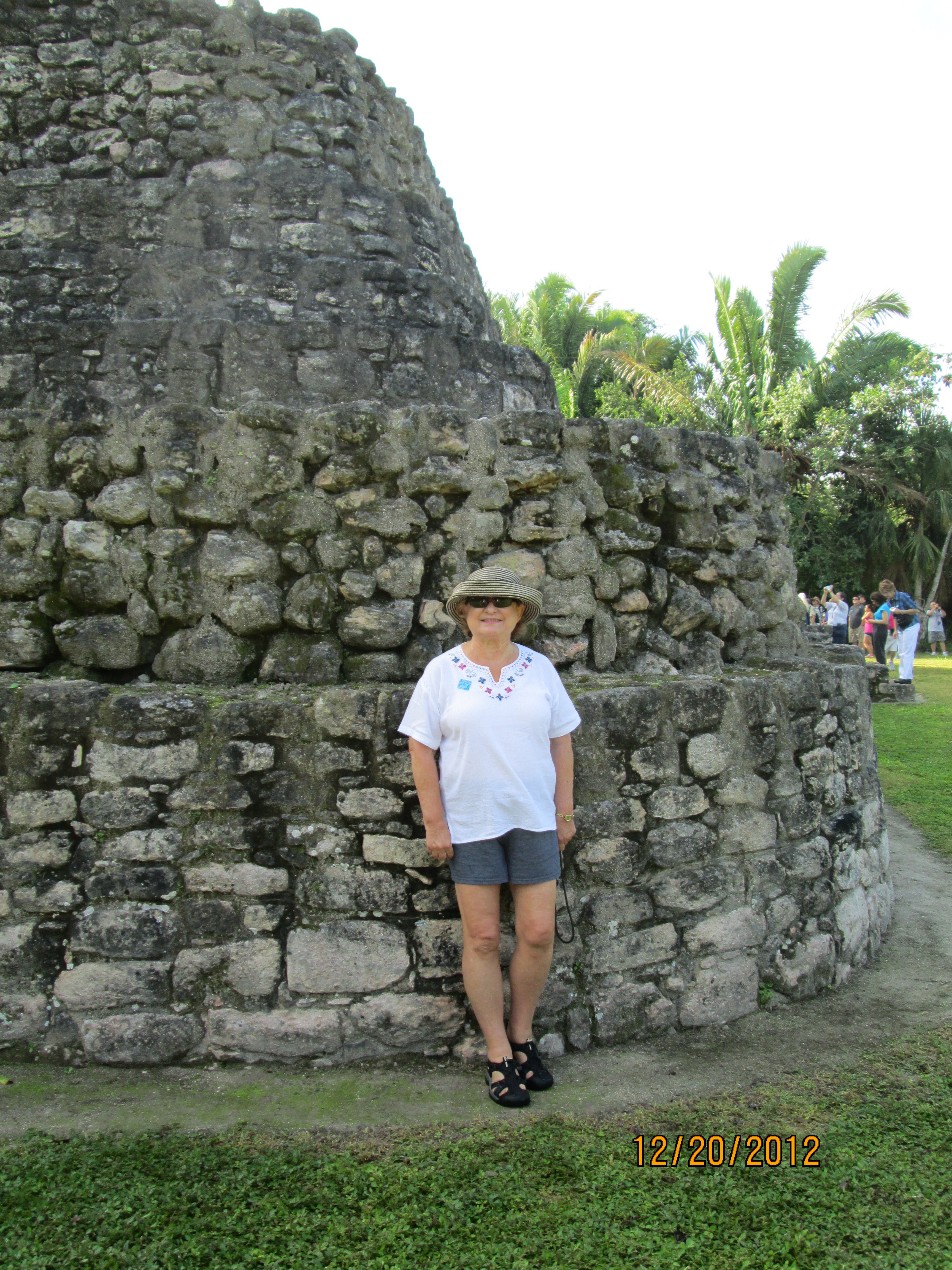A FIFTY YEAR OLD EXPERIENCES THE SOCRATIC METHOD
“Fictional characters like Professor Kingsfield of The Paper Chase have contributed to an image of the quintessential law school professor who puts a student in the “hot seat” and delves into what seems like an intimidating and almost torturous line of inquiry. This pedagogical technique is commonly known as the Socratic method: one of the defining characteristics of the American legal education system, almost universally used during the first year of law school.” ****
Have you heard of the Socratic method? Did you ever watch the movie or TV show “Paper Chase”? Why would anyone subject themselves to this kind of harassment, humiliation and embarrassment?
Ms Quirk, What did you think of the ruling in this case? Really? Is that what you think? Class? Do you agree with her?
Terror, sheer terror. Fear of humiliation – why am I here? What makes me think I can do this. I am going to flunk out. I don’t belong here. My classmates are all smarter. One element of the Socratic Method is to prove your ignorance. Leaving you open for learning — I guess.
This is the study of law. I love it. Notice I said the study of law. Not the practice of law. The two have no relationship whatsoever.
When did I become so enamored of this study based upon such arcane principles started by some old dead guy of long ago who got poisoned for his actions? Socrates! Many a law student has used his name as a curse.
It started for me many years ago with the case of Helen Palsgraf v Long Island Railroad. I will give you the details of the case later but first let me tell you how I came to know Mrs. Palsgraf.
In the late 60’s I was a young bride married to a military officer who decided to go to law school I went from wearing hats and white gloves to meetings of the Officers Wives Club to a little more casual attire of the Law Wives Club. The law wives club, of course, was a supportive group (there were no “law husbands”) of women mainly to help us be supportive of our poor husbands suffering the grinds of law school.
At one of the meetings we welcomed the torts professor, Professor Peck. Torts we learned deals with a civil wrong resulting in a lawsuit. Along with Contracts and Constitutional Law it is a core subject. Professor Peck wanted to give us a sample of an actual law school tort class – along with a demonstration of the Socratic Method. So he told us the story of Mrs. Palsgraf and her ride on the Long Island Railroad. He took us through the torture of the questioning method. How should the court rule? Do you agree with Judge Cardozo or Judge Andrews? Really, Mrs. Quirk? Is that what you really think? Ladies, do you agree with Mrs. Quirk? Etc. etc. He took us through the torture and humiliation of the Socratic Method.
I loved it! I was hooked and knew someday I would study law.
And I did – some 25 years later I found myself in first year law school torts class.
“When do we get to Mrs. Palsgraf?”
“Soon Ms. Quirk, soon.”
Ahh, the day came. Even after 25 years I remembered the facts and that clock on the platform that injured poor Mrs. Palsgraf. But now came the terror.
“Do you agree with the majority opinion of Justice Cardozo or the dissent of Justice Andrews?”
Uh, um. Let me think.
This is a lot more complicated than I thought. I found that Palsgraf is a seminal case on how far we draw the line in negligence and proximate cause.
See, I was learning real lawyer words now.
As grades came out, I tied for first place in that first year torts class. And the rest, as they say, is history. I continue to learn the STUDY of law. Perhaps you will become motivated also by hearing about Mrs. Palsgraf and you too will want to STUDY law.
So here we go.
In the 1920’s Helen Palsgraf (little is actually known about her) was on her way to Rockaway, perhaps to take her daughter to the beach. She was quietly sitting on a bench on the platform waiting for her train. At the same time, a conductor was hurrying some passengers unto a departing train. He gave one of them a push to speed things up and the passenger dropped a package he was carrying. It happens that the package contained fireworks. (Little is known about the passenger and why he was carrying fireworks. Anarchist? Probably some Italians on their way to a celebration) the fireworks exploded causing a large scale to become dislodged off the wall, injuring Mrs. Palsgraf.
Question: Is the Long Island Railroad liable to Mrs. Palsgraf and should they pay for her injuries?
Now here is where we separate the engineers and the scientists from the legal scholars. If you are thinking about how the scales were bolted on the wall or what made the fireworks go off or even who the fireworks carrier was, you are missing the point. The point is:
Did the Long Island Railroad owe a duty of care to Mrs. P? And did they breach that duty? I.e. were they negligent by way of their employee the conductor?
A tort requires three factors: Duty, negligence, injury. There is no question that Mrs. P was injured and few would argue that the RR has a duty of care to its passengers. But should they be responsible for paying for Mrs. P’s injuries?
Here is where we would have the famous Socratic discussion that would last a couple of hours.
Are you bored yet? Exited? Curious?
The court split in its decision and the debate continues today. Speaking for the majority, Justice Cardozo went into a long discussion about foreseeability. Was it foreseeable that a passenger would be carrying dynamite? Is it foreseeable that an explosion could cause the scale to land on someone?
After pages and pages of discussion, Justice Cardozo went for a pragmatic answer that was basically “We have to draw a line somewhere”. In his dissent, Justice Andrews railed against drawing a line and said if there was negligence, then all results of the negligence should be included. Thus giving way to the argument of proximate cause: never mind the butterfly effect – which would mean a line was never drawn.
Interested? Excited? You too might want to engage in the study of law.
Now you know how Mrs. Palsgraf and the Long Island Railroad started me on the lifetime path of studying law.
But I don’t get into too many Socratic discussions anymore.
To Read the case yourself: http://www.courts.state.ny.us/history/cases/palsgraf_lirr.htm
To read more about the Socratic method
And here is the happy 55 year old:
YOU CAN MAKE A LOT OF DIFFERENCE IN OTHER’S LIVES
You, Yes you! can make a LOT of difference in someone’s lives merely by practicing the LOT principle. Listen, Observe, Tell
Does the name George Bailey ring a bell? He was the main character in the perennial classic Christmas movie “It’s a wonderful Life”. (Extra points if you get the bell reference.) When the movie begins, George is standing on a bridge, ready to jump off. He feels his life is meaningless – that he doesn’t matter. An angel appears and as George reviews his life he finds that he did make a difference after all. In the end all is well, it’s a wonderful life – and his angel gets his wings.
But, I’m no George Bailey, you say. I’m not sure I make a difference. I sometimes wonder this myself. Who am I to inspire others?
I haven’t started a multi-million dollar company; I’ve never played pro sports. I have not overcome major adversity –no near death experience, no major debilitating disease and I pretty much have most of my faculties. On the other hand, I have lived to what could be called a ripe old age and experienced success and failure. I have parented, started a business, married, divorced and even obtained a professional degree. Yup, I have stories to share — stories that might impact others. I have a quote on my office wall: “Your story can change someone else’s” I truly believe that. The stories we share can make a difference. To quote our current hero, Seahawks Quarterback Russell Wilson: “Why not you?”
Let me give you an example of how someone changed my life:
High school. The dark ages. Girls were taught typing, shorthand and homemaking skills. In ninth grade we were to make a four year plan of the classes we would take to complete high school graduation requirements. When the teacher, Mrs. McLaughlin saw my plan she remarked that I had not scheduled any classes I would need for college. College? I’m not going to college. People in my family do not go to college. Nope, we are not college people. Not remotely on the radar. To this day her reply stuck with me: “I hate to see a bright student not prepare for college”.
Bright student? Me? No one in my then 15 years ever told me I was bright. Me? Wow. What a revelation! I was impressed. I took Mrs. McLaughlin’s advice and took Algebra, geometry and even two years of classic Latin. Yup, Veni, Vidi, Vici. I came, I saw, I conquered.
Furthermore, I did go to college. When I became a student teacher, Mrs. McLaughlin was my master teacher. I had the privilege to tell her how she changed my life. And you know what? She didn’t even remember me or the conversation! It was just something she did because that is who she is. She was just doing what was natural to her. That’s just who she was.
That’s how easy it can be to completely change someone’s life. And often we don’t even know we are doing so. Not only did I go to college, ultimately I completed law school. I know that in my professional capacity I have and continue to impact lives. But what about the little day to day things we do.
You can do a LOT.
That’s my acronym for Listen Observe Talk.
Listen
Listening is not a passive thing and it involves paying attention to facial expression, body language. What is this person really saying? Feeling? Often after I have met with a client they tell me how much better they feel. How helpful I was. And all I did was LISTEN. Truly listening is the greatest gift we can give another person.
Observe
What did your barista look like this morning? Did you even notice her? Later at work, a coworker sighed deeply. Did you ask what was wrong? Did you make eye contact? It is amazing how people respond to eye contact. Culturally we are taught to do so but do we really? We look to the side of the eye, or the bridge of the nose. Truly make eye contact.
Talk
Have you ever noticed how someone reacts when you comment on their appearance, or the service they are providing, or their smile? Is there something they are obviously proud of on their desk or wall? Comment!
Remember: “Your story can change someone else’s” Sometimes just the reminder that we all share the human condition can give someone hope and courage. Not “I can top that one” but a heartfelt, “I understand. I went through this also and here’s what I did.” Or, perhaps, “I can’t even imagine how this must feel for you. How would you like me to help?” Talk, tell your story.
The following quote came across my Facebook page the other day:
“ONE KIND WORD CAN CHANGE SOMEONE’S ENTIRE DAY.”
Think about it. One kind word can change someone’s entire day.
Here is my challenge to you.
Set out each day to make a difference in someone’s life. Do so by Listening,Observing, Talking.
The next time you are among other people, practice truly connecting with someone. Listen, Observe, Talk. After the first, do one more and one more.
I will give you a money back guarantee that by the end of the day your life will be different.
Yes, You can make a LOT of difference and impact lives.
I challenge you.
CAN WE STILL CHANGE THE WORLD?
If you identified with these lyrics this message is for you. If you don’t recognize them, ask your mom or dad. This song, from the musical Hair made popular by the 5th Dimension in the late 60’s was the anthem of our generation. We were the new age. The boomers. The new generation that was going to change the world. With us, there would be peace love and understanding.
“When the moon is in the seventh house and Jupiter aligns with Mars, then peace will guide the planets and love will steer the stars.
This is the dawning of the Age of Aquarius , Age of Aquarius”
What happened?
Life happened. Some remained on communes and followed an alternative lifestyle but most of us went into the workforce, had families, careers, established our own businesses. Now here we are at that point that previous generations stopped. Stopped striving, stopped trying, and some would say, stopped living. But not us, we are the new age. We are the boomers who changed the world by our mere numbers. Every decade we changed things from the Sputnik era of education to the economic force of the current economy and our impact on social security and Medicare. just by our sheer numbers we affected all areas of society.
Now what? read more…
No Results Found
The page you requested could not be found. Try refining your search, or use the navigation above to locate the post.

Karin Quirk




